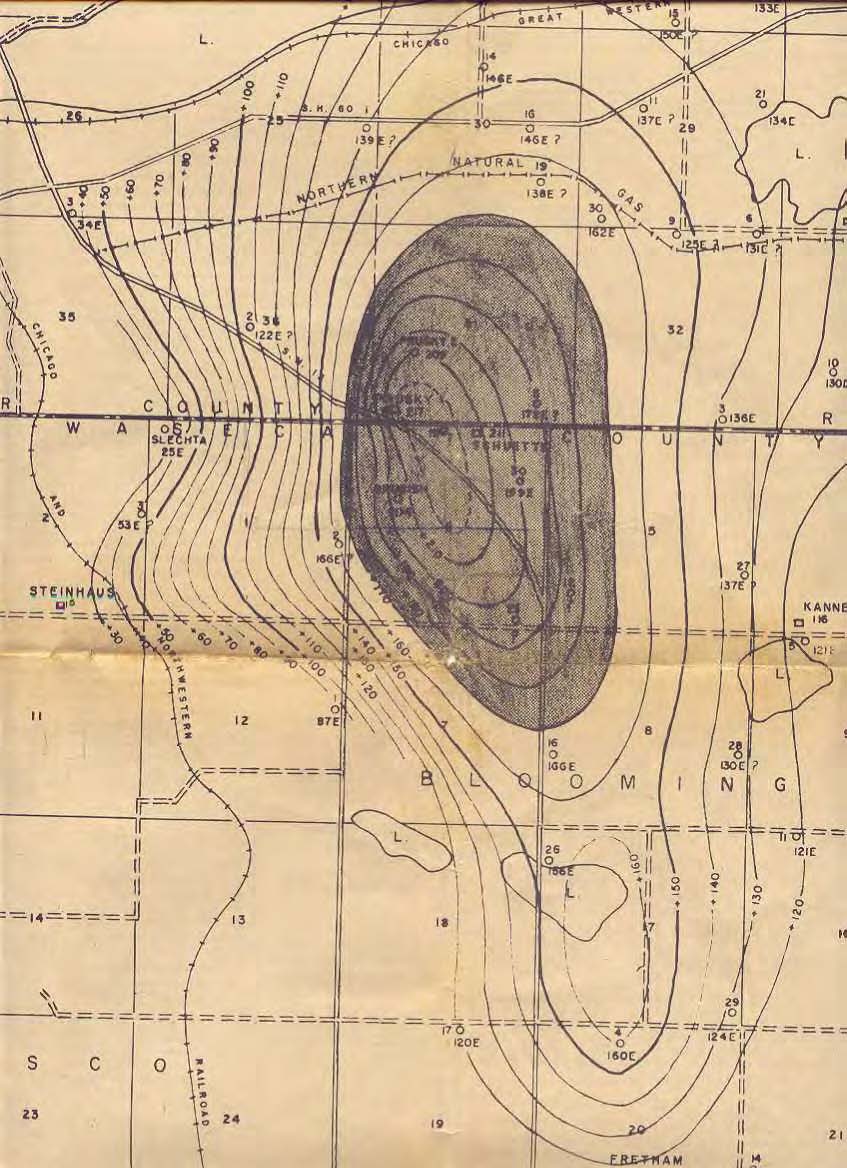What MISO says about low wind generation in extreme cold
February 9th, 2019

There’s been a lot of speculation about the low wind production during the low-low temps at the end of January. Turns out there’s an issue not anticipated by MISO that they’re going to have to deal with. I heard it first from a little birdie who heard it while in a flock…

And now from a bigger birdie with primary info from the horse itself: Turbines apparently have a -22F degree or so automatic shutoff, so when it was way cold, they shut off.
Unidentified temperature cutoff thresholds challenged
wind forecasting in morning of Jan 30. Unexpected
shutoffs led to a large deviation from planned output.
Ummmmm, that’s a problem. Here’s the MISO update on that:
And from my “good friends” at Center of the American Experiment, who got it twisted again:
Twisted? What’s wrong with that? Well, their focus is that it was an intermittency issue, which it was not. As above, it was that shut-off at -22! And note the part in their post about “unforeseen.” And THAT is the problem, because the -22 cut-off was not integrated into the MISO modeling, plans, and that was a surprise, and they’re going to have to figure that one out. It’s possible, probable, and now apparently likely that we will have another -22 degree spell in the foreseeable future. So get with it, MISO!
And natural gas. I keep thinking about that CenterPoint natural gas underground storage dome. 7 billion cubic feet at least. There’s a lot of gas in storage. Are they relying on pipelines, and does that reliance take into account the many newer natural gas plants? Does Xcel share/buy from CenterPoint, take advantage of the storage? What is the impact of so many electric generators fueled by natural gas? They did recently do a lot of natural gas pipeline work on that primary north/south line running north from Waseca, was that a capacity expansion… upgrades or maintenance ??

They’ve got it exactly backwards
July 20th, 2009
Remember “Think Globally, Act Locally” — the bumper sticker and the practice?
Now we’ve got the wind industry winding people up to do just the opposite! This is a study released recently, looking to power the world on Midwest wind:
They’re assuming land turbines at 2.5 MW which is nearly twice the size of typical land turbines. They’re also saying that this could be done with turbines running even at a 20% capacity factor, which I do think makes sense. But that makes sense when it’s near load, doesn’t make any sense when long transmission lines, with lots of transmission losses. So powering the world by this limited geographic area does not make sense.
